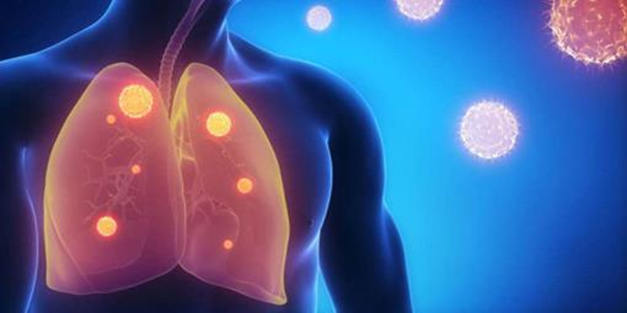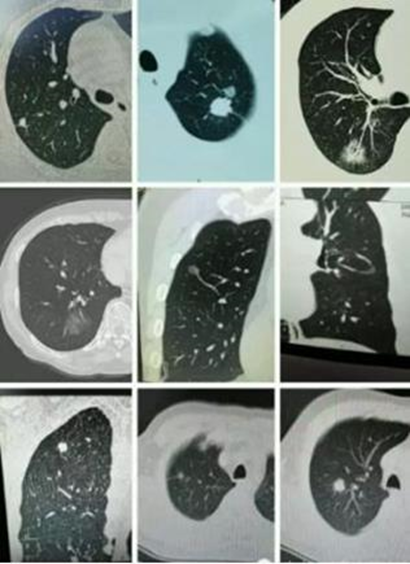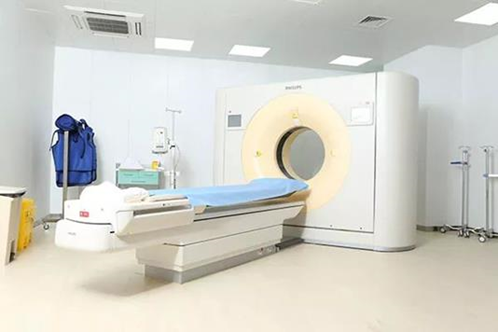What is a lung nodule? Does it mean lung cancer? What to do if I got a lung nodule……When found with a lung nodule in health screening, many would fall into anxiety and fear towards cancer, causing trouble to daily life and work. Now, let's hear what DeltaHealth thoracic surgeons have to say about it.

I. What is lung nodule? Is it benign, or malignant? Does it mean lung cancer?
Lung nodule means quasi-circular lesion in the lung that is under 3cm in diameter. The ones with diameter under 1 cm are small modules, those with diameter under 0.5cm are micro-nodule or mini-nodule. In the past, only chest x-ray is used in most health screenings. Among 1000 people, chest x-ray may spot 4-6 people with lung nodules at relatively large size. However, when low-dose spiral CT is used for health screening, several dozens or even over 100 people would be found with lung nodule, significantly increasing the positive rate.

Lung nodules can be both benign and malignant. There are many causes to lung nodules, most of which are benign ones, including hamartoma and infection. However, a small portion of lung nodules are lesions of lung cancer or metastatic cancer. To decide whether a lung nodule is lung cancer, we need to look at the size, density, surrounding area and peripheral vessels for comprehensive judgement. The latter three factors are too professional for the general public, so let’s look at the size. Academic papers on lung cancer screening [1] show:
1、For lung nodules with diameter over 2.0cm, malignant rate is 64%-80%
2、For lung nodules with diameter of 1.1~2.0 cm, malignant rate is 33%~64%
3、For lung nodules with diameter of 0.5~1.0 cm, malignant rate is 6%~28%
4、For lung nodules with diameter under 0.5cm, malignant rate is 0~1%
Of course, the above conclusions are made with statistics. Accurate diagnosis for individual cases must be done by the physicians.
II. Who should get lung nodule screening?

Lung nodules are basically without subjective symptoms, mostly found with health screening. Chinese medical experts strongly recommend high-risk population receive annual low-dose lung CT to spot early-stage lung cancer. So, who falls in the high-risk category? It is common believe that only male smokers are at risk, but it is not the case. In China, we don't see a big gap in lung cancer morbidity rate between smokers and non-smokers, and women and men. We even see high lung cancer rate among non-smoking women. It can be attributed to 'second hand smoke' and 'third hand smoke' in public places, smog and air pollution. Chinese women are also exposed to cooking oil fumes in the kitchen. Considering these conditions, the medical experts have developed the definition of lung cancer high-risk populations in China: people at or over 40 years old with any of the following risk factors:
1、Smokers of ≥20 pack year (number of daily cigarette use * number of smoking years=smoking pack year) or used to be smoker of ≥20 pack year and ceased smoking <15 years.
2、History of environmental exposure or high-risk occupational exposure (for example, contact history to asbestos, beryllium, uranium, radon, etc.)
3、History of chronic obstructive pulmonary disease, diffused pulmonary fibrosis or past history of pulmonary tuberculosis;
4、Past history of malignant tumor or lung cancer.
III. What examination or lab study should I do to screen out lung nodule?
Now, many hospitals are still screening lung nodule using chest X ray. It is a major cause to the misdiagnosis of lung nodule, especially early-stage lung cancer. The chest X ray may miss all lung cancers with ground-glass nodules and some small cell lung cancers with soft tissue nodule (solid nodule). Therefore, it is necessary for high-risk populations to take a low-dose lung CT. Low-dose CT scan is 4-10 times more sensitive than chest X-ray in spotting early-stage lung cancer and able to pick up 85% of early-stage lung cancer. Getting operation on lung cancer in this stage will give you a very high curing rate.

Some may be worried about the radiation hazard of CT examination, but such worry is actually unfounded. The radiation dosage of low-dose CT is lower than 1mSv, equals to the dosage of 100 years of environmental natural radiation, even lower than the radiation dosage in a 7 to 8-hour-long flight. The injury of such low dosage of radiation is almost negligible.
III. What to do if I am found with lung nodule?
When you see 'lung nodule' on your CT report, are you anxious? Do you find it difficult to understand terms like 'solid nodule', 'ground glass lesion' and 'mixed ground glass module'? Do you find terms like 'spiculation', 'lobulation', 'pleural traction' and 'bronchogram' too abstruse? You are not alone, because these professional terms are too ‘advanced’ for many doctors who do not specialize in lung disease diagnosis and treatment. Well, what should you do? There is no need to panic. Just take your CT image to physicians in respiratory medicine, thoracic surgery or CT diagnostic department who are focused on lung cancer diagnosis and treatment. They will assess your condition and order for diagnostic, therapeutic and follow-up measures.

Most lung nodules only need regular follow-up. According to Chinese Expert Consensus on Lung Nodule Diagnosis and Treatment (ver. 2018) [2], on principle:
1、For nodule under 5mm, there is not much to worry about. Just go to primary-level hospitals for routine interference.
2、For nodule between 5 and 10mm, please visit major hospitals with rich experience.
3、For nodule over 10mm, you need to take it seriously and go to thoracic surgery department to see if surgery is necessary.
For micro and mini lung module, regular follow-up is recommended. If the nodule grows or presents other changes, the nodules can be dealt with in time.
The above information from the thoracic surgeons of DeltaHealth Hospital must have answered many of your questions. If you have other questions, the DeltaHealth thoracic surgery team is always here. Make an appointment with us and get one-on-one diagnosis and consultation for your concerns.